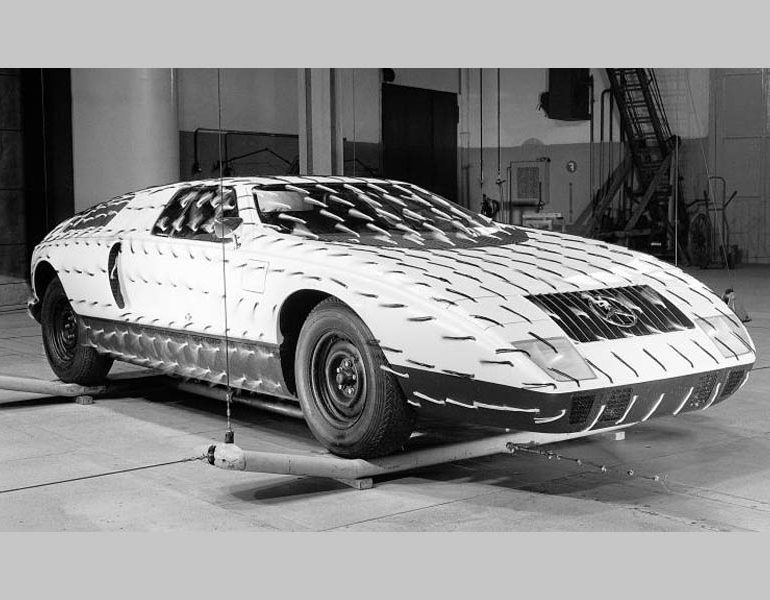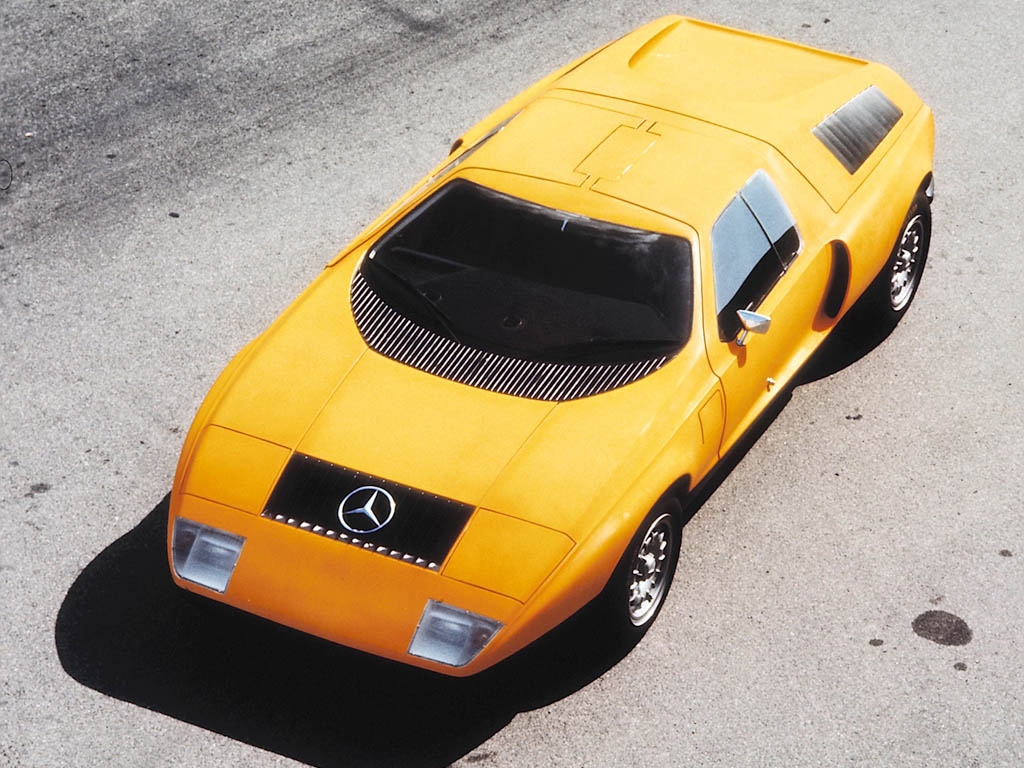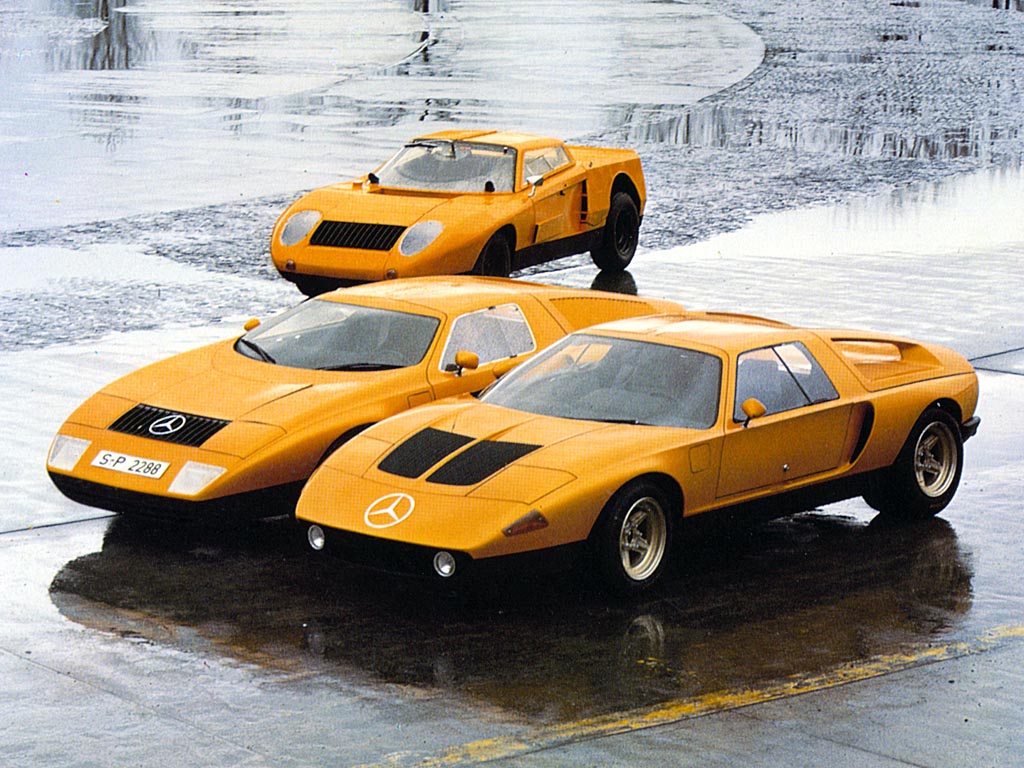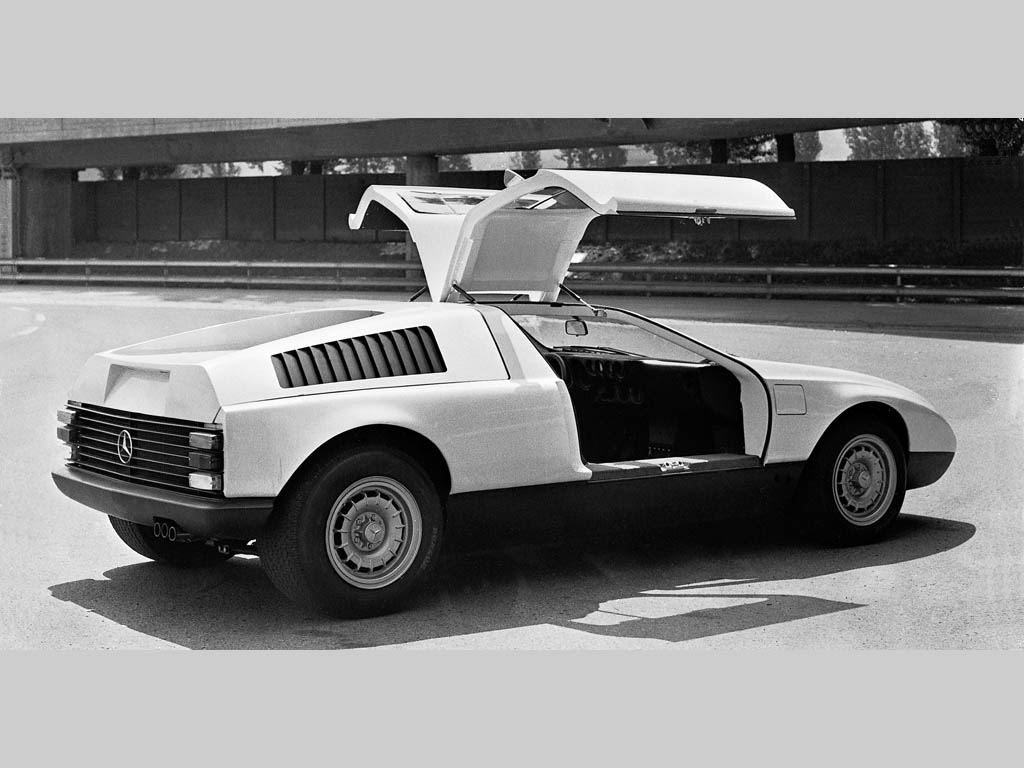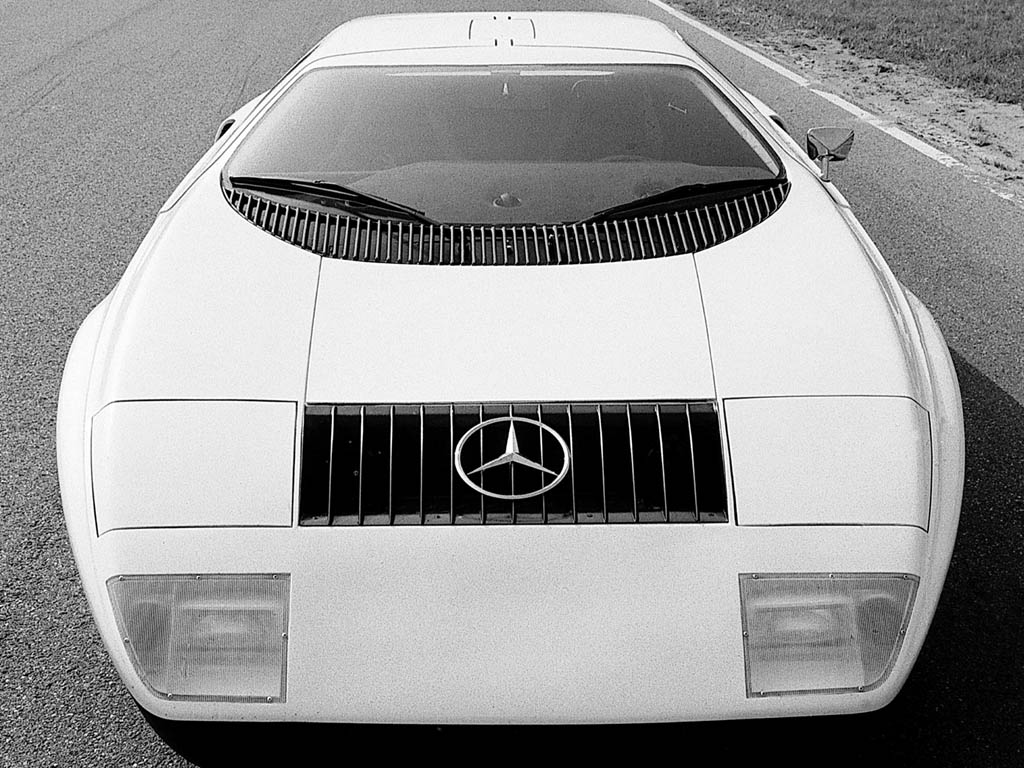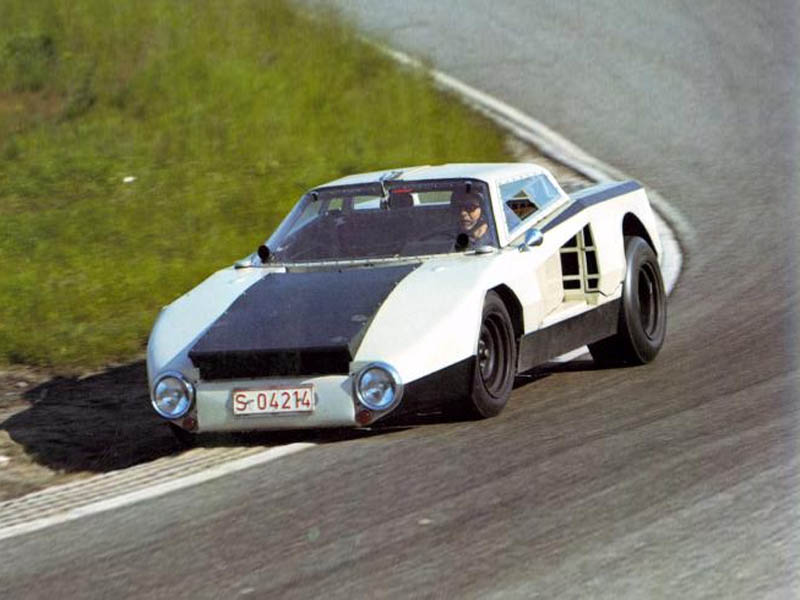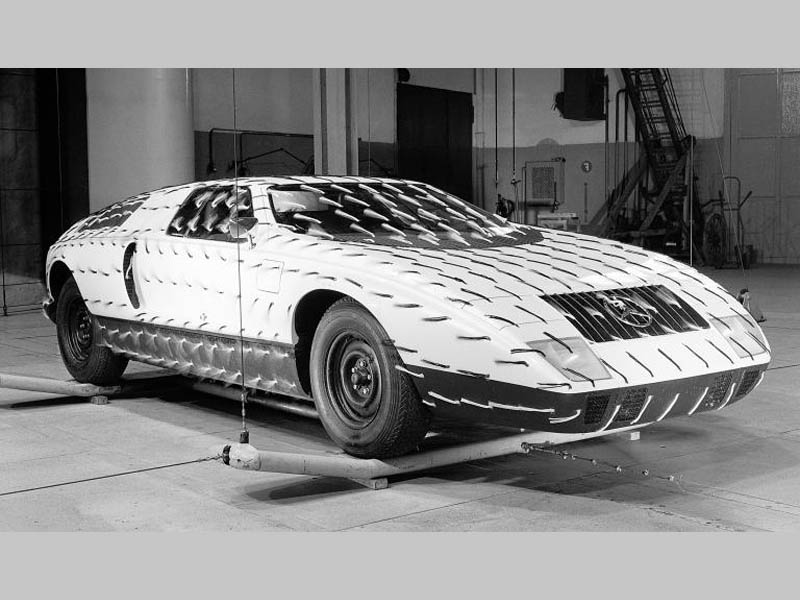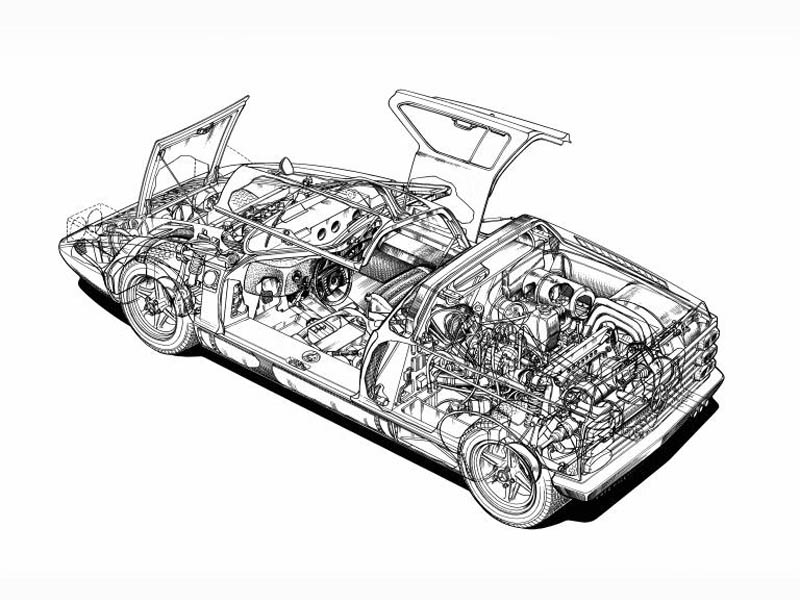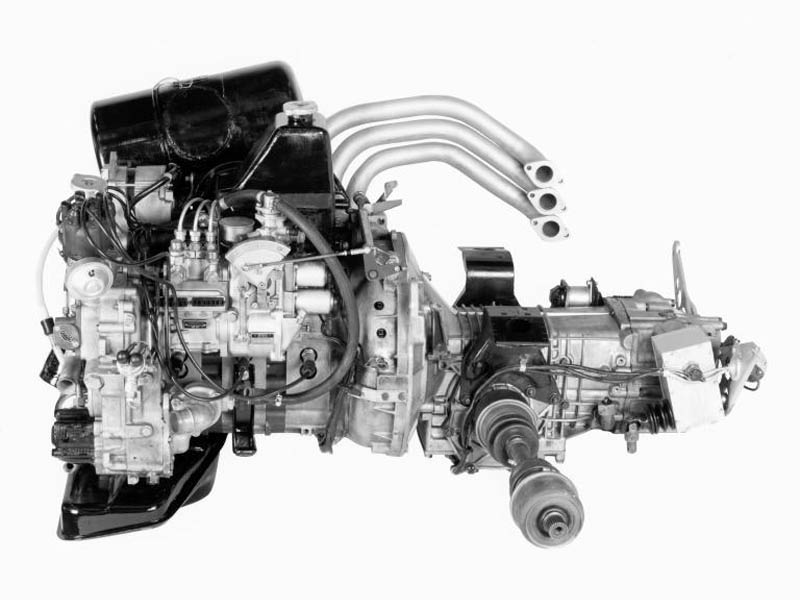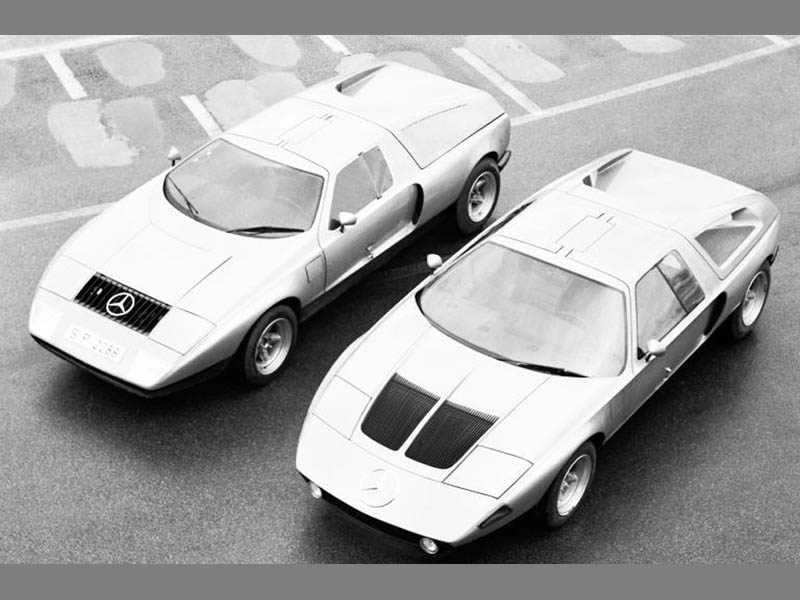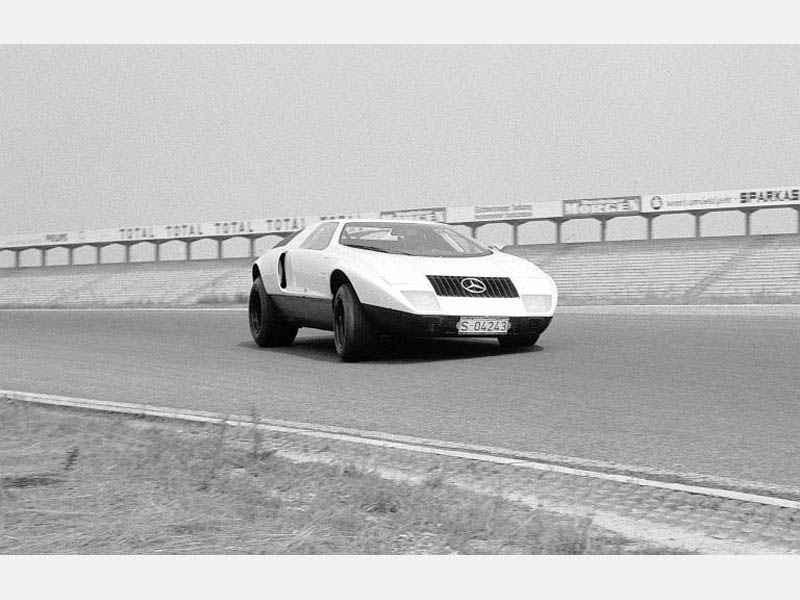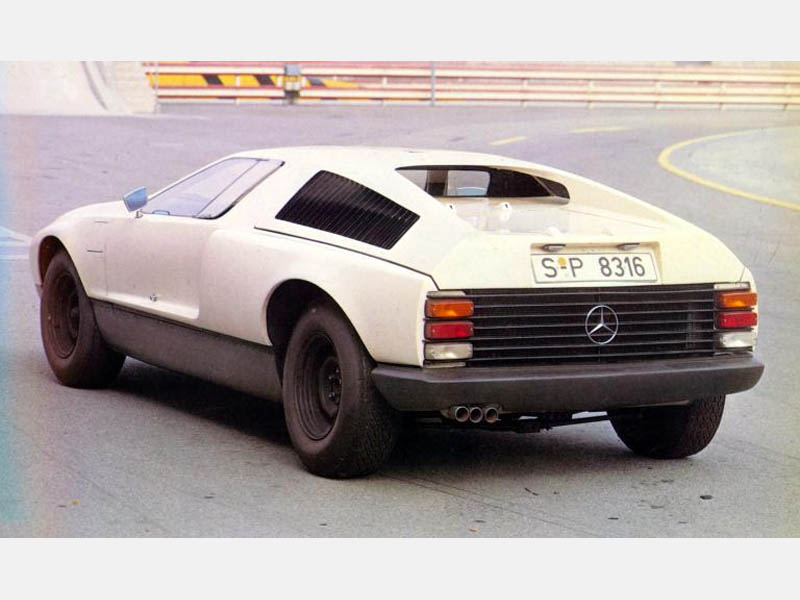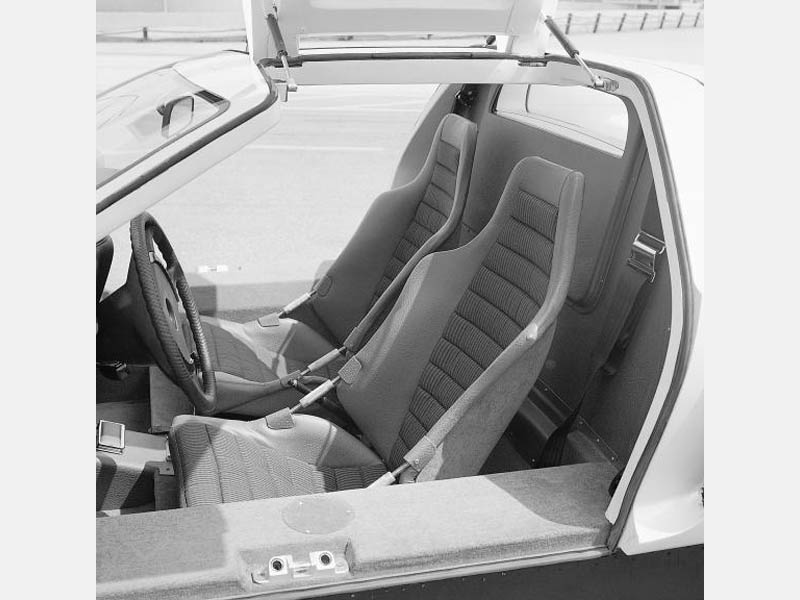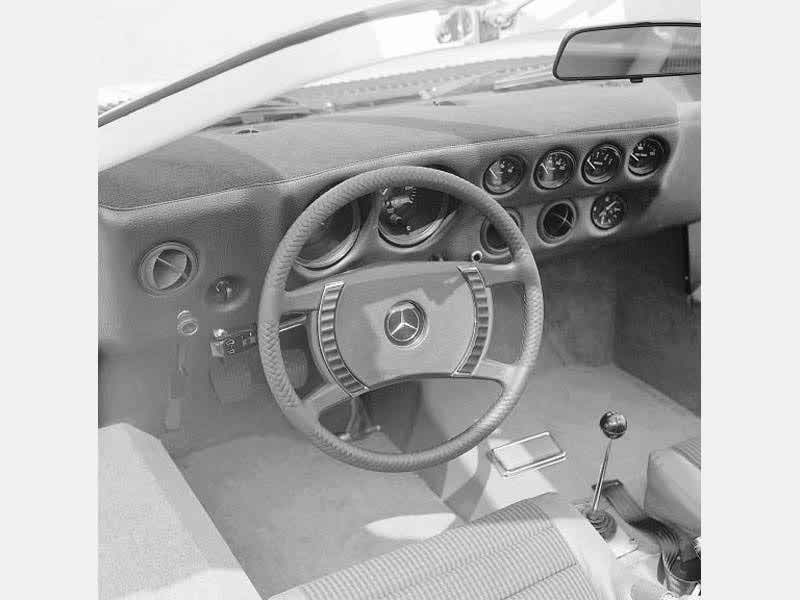1969 Mercedes-Benz C111
The compact wedge in bright orange, a shade internally called weissherbst, expressed power, elegance and speed. C 111 was the designation of the futuristic study displayed by Mercedes-Benz in September 1969 at the Frankfurt International Motor Show (IAA). The car broke new ground in terms of both engineering and design. Motor show visitors crowded around the sports car, marveling at its intriguing design. Was this the worthy successor to the famous 300 SL Gullwing? The car’s style, dynamic lines and classic gullwing doors promised just that to lovers of refined cars with the three-pointed star on the hood. This happened 35 years ago, at the C 111’s presentation in Frankfurt. In the spring of 1970, an even more elegantly clad C 111-II made its appearance at the Geneva Motor Show, prompting interested parties to send blank checks to Stuttgart to secure one of these cars for themselves.
Neither the C111-II or C 111 did not to appear in showrooms despite their lavish interior and cargo space. The coupes may have looked production worthy, but complex technologies embedded within in the cars kept them as experimental cars. However, the research in testing Wankel engines, new suspension components and plastic bodywork components contributed to future Mercedes-Benz road cars.
The three-rotor Wankel engine in the first C 111 of 1969 developed 206 kW/ 280 hp, giving the car a top speed of around 260 km/h. The newcomer set out on its first tests in Unterturkheim, on the Hockenheimring and the Nurburgring in April and May 1969. The suspension featured anti-squat and anti-dive control; its front axle components were incorporated in large-scale production at a later stage and the rear axle was a precursor of today’s multi-link independent rear suspension. On the basis of the experience gained in testing this car, another five experimental cars were built.
From Wankel to Diesel
An exceptional feature of the C 111 was hidden under its skin. The first experimental car of 1969 was powered not by a reciprocating-piston engine but by a Wankel – or rotary – engine. At the time, many manufacturers were interested in Felix Wankel’s unconventional propulsion system. Mercedes-Benz, too, had been experimenting with Wankel engines since 1962. However, the Wankel engine had to be extensively road-tested before being fitted in production cars.
The engines of the first two C 111 versions were straightforward gas-guzzlers. And since the pollutant content in the exhaust gas of the Wankel engines was also too high, Mercedes-Benz discontinued work on this type of engine in 1971, in spite of its impressively smooth running characteristics and compact size.The last Mercedes with a rotary-piston engine from this series was the four-rotor DB M950 KE409 of the C 111-II in 1970. Subsequent versions of the C111 project were powered by a diesel engine. They quite successfully showcased Mercedes-Benz’s prowess by breaking many world records.
Story by Mercedes-Benz and Supercars.net
In Detail
| submitted by | Richard Owen |
| type | Concept / Prototype Car |
| production | 6 |
| engine | M 950 F Three-Rotor Wankel |
| position | Front |
| aspiration | Natural |
| fuel feed | Direct Injection, Mechanically Controlled |
| displacement | 1800 cc / 109.8 in³ |
| compression | 9.3:1 |
| power | 208.8 kw / 280 bhp @ 7000 rpm |
| specific output | 155.56 bhp per litre |
| bhp/weight | 254.55 bhp per tonne |
| torque | 294.21 nm / 217 ft lbs @ -1500 rpm |
| body / frame | Fiberglass Reinforced Plastic Body over Sheet Steel Chassis |
| driven wheels | RWD |
| front tires | 195 VR 14 |
| rear tires | 195 VR 14 |
| front brakes | Internally Ventilated Discs w/Vacuum Assist |
| rear brakes | Internally Ventilated Discs w/Vacuum Assist |
| steering | Recirculating Ball |
| f suspension | Double Wishbones w/Torsion Bar, Spring Struts |
| r suspension | Tripple Wishbones w/Torsion Bar, Spring Struts |
| curb weight | 1100 kg / 2425 lbs |
| wheelbase | 2620 mm / 103.1 in |
| front track | 1380 mm / 54.3 in |
| rear track | 1370 mm / 53.9 in |
| length | 4200 mm / 165.4 in |
| width | 1800 mm / 70.9 in |
| height | 1125 mm / 44.3 in |
| transmission | 5-Speed ZF 5 DS-25/1 Transaxle |
| final drive | 3.166:1 |
| 0 – 60 mph | ~4.7 seconds |


